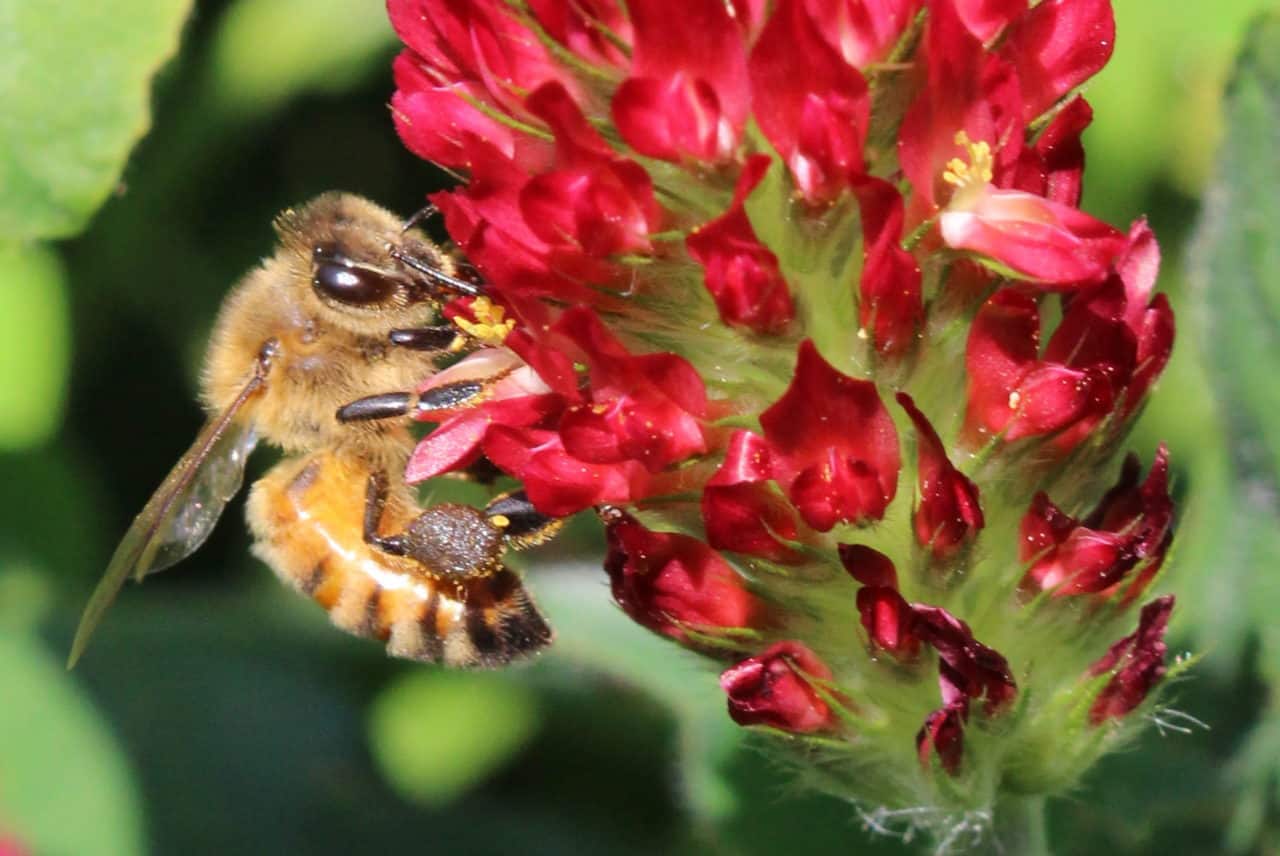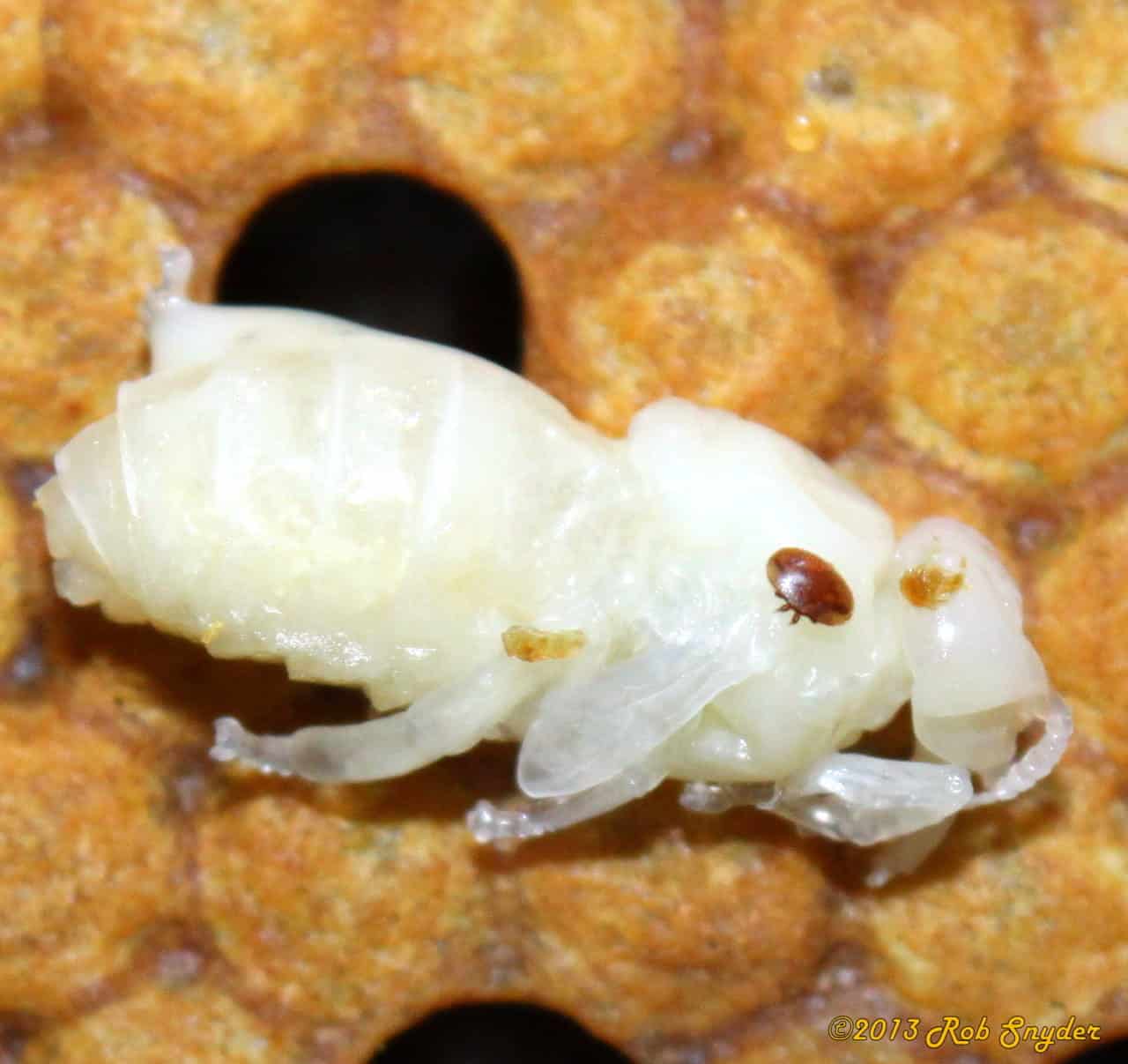The results for the 2014 – 2015 Bee Informed Partnership (BIP) National Management Survey are posted. This survey was done in conjunction with the National Colony Loss Survey and represents the management practices of over 6,000 Beekeepers from across the country. Together, the beekeepers who took part in the survey collectively managed nearly 400,000 colonies representing about 14.5% of the 2.74 million colonies in the United States. We would like to give a big thanks to all of the beekeepers who participated in the survey – your participation is highly valued by the Bee Informed Partnership and other beekeepers who are able to review which…
Category: Blog
The Bee Informed Blog is the place where team members convey their experience, knowledge, and opinions about their work with bees. Here is your opportunity to follow what’s happening in the field and lab.
The NEW Bee and Pollinator Research Lab Breaks Ground at the University of Minnesota!
On August 2 and 3, 2015, we had an amazing series of groundbreaking festivities to celebrate the construction of the new Bee and Pollinator Research Lab, that will be built on the St. Paul campus of the University of Minnesota beginning this fall. Beekeepers and friends from across the nation came to celebrate with us, and U.S. Representative Betty McCollum, Minnesota Representative Alice Hausman, President Eric and Karen Kaler, Jack and Betty Thomas from Mann Lake, Ltd, and Lori K. Watso, Secretary/Treasurer of the Shakopee Mdewakanton Sioux Community were but a few of our fun guests. This 10,500 square foot facility will be built…
Bears and Bees in the Sunshine State
Compared to viruses, Varroa mites, Nosema, pesticide damage, and the myriad of other problems we are facing, bears (Florida black bears of course) are one of the more (if not the most) straightforward problems beekeepers have in terms of keeping their bees alive. On most occasions a good electric fence will do the trick, but for some reason bears seem to have been more of a problem in Florida than usual. Yards that have never had a problem will be completely destroyed overnight even with a fence. I personally had one of my yards demolished with an electric fence within a fenced pasture. They came…
Clover Seed Pollination
Clover seed is an important crop grown in western Oregon that benefits rom hired honeybee colonies to boost yields. The Willamette Valley has an ideal climate for seed production with high annual rainfalls that allow growing without irrigation but infrequent rains in July and August allow seed to be harvested with limited risk of moisture damage. There are three main types of clover grown for seed in Oregon with all belonging to the Trifolium genus of the Fabaceae family. They are red clover (T. pratense), crimson clover (T. incarnatum) and white or Dutch clover (T. repens). In addition to clovers the Fabaceae family includes other…
Meadowfoam Pollination
May in the Willamette Valley is a time of lush green fields of grazing pasture and grass seed crops covering the flatlands along the I-5 corridor from Eugene to Portland. These verdant fields are punctuated by small plantings of dense, low growing, brilliantly white flowers, appropriately called Meadowfoam. Meadowfoam (Limnanthes alba) is an annual oilseed crop with a native range from Vancouver Island, BC to northern California. The oil derived from Meadowfoam seeds contains long-chain fatty acids that are very stable relative to other vegetable oils. This resistance to degradation make it a valuable ingredient to prolong shelf life of products and it is of…
Colony Loss 2014 – 2015: Preliminary Results
Nathalie Steinhauer1, Karen Rennich1, Kathleen Lee2, Jeffery Pettis3, David R. Tarpy4, Juliana Rangel5, Dewey Caron6, Ramesh Sagili6, John A. Skinner7, Michael E. Wilson7, James T. Wilkes8, Keith S. Delaplane9, Robyn Rose10, Dennis vanEngelsdorp1 1 Department of Entomology, University of Maryland, College Park, MD 20742 2 Department of Entomology, University of Minnesota, St. Paul, MN 55108 3 United States Department of Agriculture, Agricultural Research Service, Beltsville, MD 4 Department of Entomology, North Carolina State University, Raleigh NC 27695 5 Department of Entomology, Texas A&M University, College Station, TX 77843 6 Department of Horticulture, Oregon State University, Corvallis, OR 97331 7 Department of Entomology and Plant Pathology,…
Variable Efficacy of Mite Treatments?
Variable efficacy of mite treatments has been a constant battle for beekeepers in the past 28 years. However, there are some things we can do in the colony to increase a treatment’s efficacy. Many treatments available to beekeepers are spread through the hive by the bees and also by the bees fanning and ventilating the hive. This ventilation is a crucial part of the hive as a whole since pheromones are spread through the hive via ventilation and traffic from worker, queen and drone bees. Through my experience, and especially over the past 8 years, I have noticed many different types of beekeepers: there are…
Know your honey bee colonies: non-destructive testing for varroa mites
Varroa mites (Varroa destructor) were accidentally introduced into the U.S. in 1987 and rapidly became a destructive pest of honeybees. Not only do varroa mites suck the blood (haemolymph) of the bees, they transmit disease through this feeding and generally weaken colonies (Rosenkranz et al. 2010). Low infestations of varroa mites left without mitigation can develop into a serious problem for a hive. It is recommended you test your honey bees for varroa mites periodically throughout the season. Here in Minnesota, we test for varroa in spring (May), in late August or early September, and then after treatment has been on for the recommended time,…

